‘Tis the season for gift returns, and there sure are a lot of them.
 https://abs.twimg.com/emoji/v2/... draggable="false" alt="📫" title="Closed mailbox with raised flag" aria-label="Emoji: Closed mailbox with raised flag"> In December, Americans will return more than 1 million packages to e-commerce retailers each day https://bloom.bg/32G5S60 ">https://bloom.bg/32G5S60&q...
https://abs.twimg.com/emoji/v2/... draggable="false" alt="📫" title="Closed mailbox with raised flag" aria-label="Emoji: Closed mailbox with raised flag"> In December, Americans will return more than 1 million packages to e-commerce retailers each day https://bloom.bg/32G5S60 ">https://bloom.bg/32G5S60&q...
E-commerce returns are a hidden environmental crisis. Those tens of millions of packages accounted for:
 https://abs.twimg.com/emoji/v2/... draggable="false" alt="📦" title="Package" aria-label="Emoji: Package">5 billion lbs of landfill waste in the U.S.
https://abs.twimg.com/emoji/v2/... draggable="false" alt="📦" title="Package" aria-label="Emoji: Package">5 billion lbs of landfill waste in the U.S.
 https://abs.twimg.com/emoji/v2/... draggable="false" alt="🌫️" title="Fog" aria-label="Emoji: Fog">15 million tons of carbon emissions https://bloom.bg/32G5S60 ">https://bloom.bg/32G5S60&q...
https://abs.twimg.com/emoji/v2/... draggable="false" alt="🌫️" title="Fog" aria-label="Emoji: Fog">15 million tons of carbon emissions https://bloom.bg/32G5S60 ">https://bloom.bg/32G5S60&q...
Consumers are returning more and more every year. In 2018, Americans sent back 10% of their purchases, or $369 billion worth, up from 8% two years earlier.
It’s a global trend: In Sweden, return rates can be as high as 60% for some products https://bloom.bg/32G5S60 ">https://bloom.bg/32G5S60&q...
It’s a global trend: In Sweden, return rates can be as high as 60% for some products https://bloom.bg/32G5S60 ">https://bloom.bg/32G5S60&q...
In 2017, only an estimated 10% of returned merchandise ends back on the shelves. The rest is sent on to:
 https://abs.twimg.com/emoji/v2/... draggable="false" alt="✂️" title="Scissors" aria-label="Emoji: Scissors"> Discounters
https://abs.twimg.com/emoji/v2/... draggable="false" alt="✂️" title="Scissors" aria-label="Emoji: Scissors"> Discounters
 https://abs.twimg.com/emoji/v2/... draggable="false" alt="♻️" title="Universal recycling symbol" aria-label="Emoji: Universal recycling symbol"> Recyclers
https://abs.twimg.com/emoji/v2/... draggable="false" alt="♻️" title="Universal recycling symbol" aria-label="Emoji: Universal recycling symbol"> Recyclers
 https://abs.twimg.com/emoji/v2/... draggable="false" alt="🛍️" title="Shopping bags" aria-label="Emoji: Shopping bags"> Charities
https://abs.twimg.com/emoji/v2/... draggable="false" alt="🛍️" title="Shopping bags" aria-label="Emoji: Shopping bags"> Charities
 https://abs.twimg.com/emoji/v2/... draggable="false" alt="🚛" title="Articulated lorry" aria-label="Emoji: Articulated lorry"> Landfill
https://abs.twimg.com/emoji/v2/... draggable="false" alt="🚛" title="Articulated lorry" aria-label="Emoji: Articulated lorry"> Landfill
 https://abs.twimg.com/emoji/v2/... draggable="false" alt="🔥" title="Fire" aria-label="Emoji: Fire"> Incinerators https://bloom.bg/32G5S60 ">https://bloom.bg/32G5S60&q...
https://abs.twimg.com/emoji/v2/... draggable="false" alt="🔥" title="Fire" aria-label="Emoji: Fire"> Incinerators https://bloom.bg/32G5S60 ">https://bloom.bg/32G5S60&q...
That’s right: Billions of pounds of returns end up in landfills and incinerators.
 https://abs.twimg.com/emoji/v2/... draggable="false" alt="🏡" title="House with garden" aria-label="Emoji: House with garden"> Making matters worse, getting those products from customers’ homes to wherever they end up is a carbon-heavy process https://bloom.bg/32G5S60 ">https://bloom.bg/32G5S60&q...
https://abs.twimg.com/emoji/v2/... draggable="false" alt="🏡" title="House with garden" aria-label="Emoji: House with garden"> Making matters worse, getting those products from customers’ homes to wherever they end up is a carbon-heavy process https://bloom.bg/32G5S60 ">https://bloom.bg/32G5S60&q...
Because online items are returned at a much higher rate than traditional ones, emissions exceed what they& #39;d be at brick-and-mortar outlets.
Even as companies like Amazon transition to sustainable packaging, returns will keep adding to their resource usage https://bloom.bg/32G5S60 ">https://bloom.bg/32G5S60&q...
Even as companies like Amazon transition to sustainable packaging, returns will keep adding to their resource usage https://bloom.bg/32G5S60 ">https://bloom.bg/32G5S60&q...
- Adopt carbon emission labeling
- Stop providing ready-made return labels
- Returnless refunds for products that can’t be sold again https://bloom.bg/32G5S60 ">https://bloom.bg/32G5S60&q...

 Read on Twitter
Read on Twitter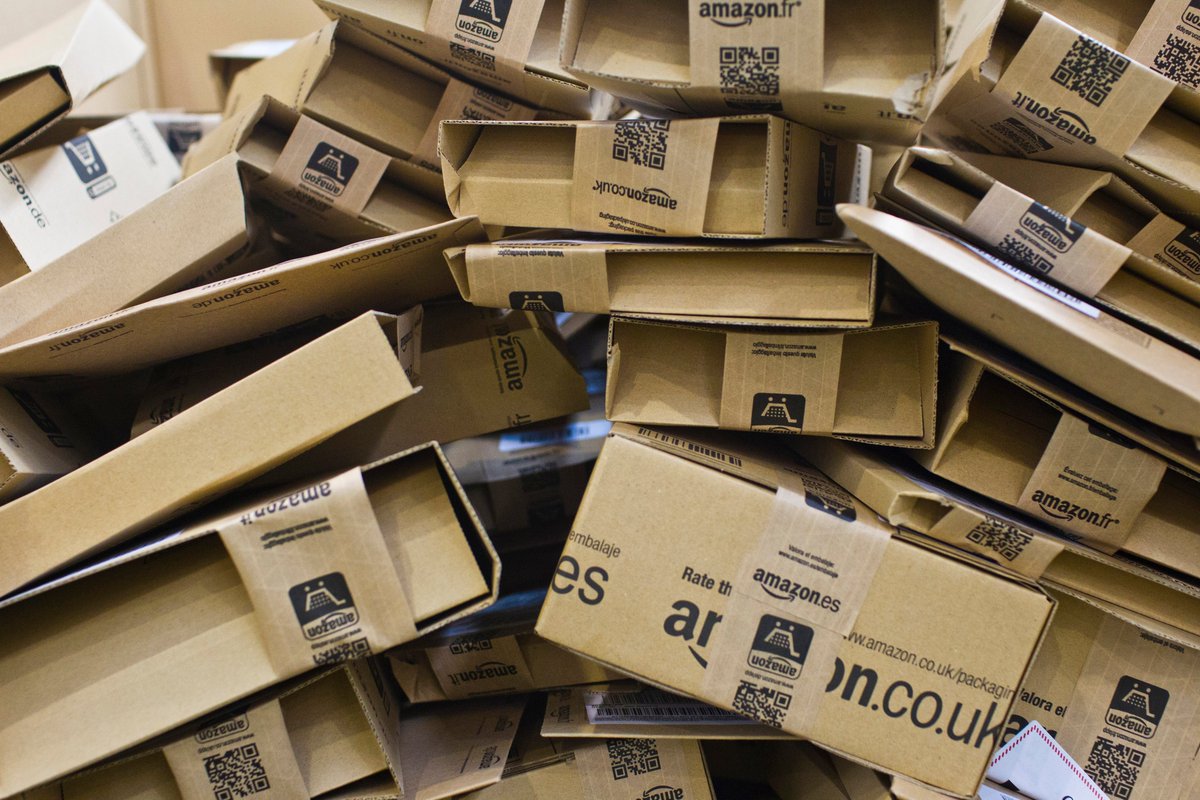 In December, Americans will return more than 1 million packages to e-commerce retailers each day https://bloom.bg/32G5S60&q..." title="‘Tis the season for gift returns, and there sure are a lot of them.https://abs.twimg.com/emoji/v2/... draggable="false" alt="📫" title="Closed mailbox with raised flag" aria-label="Emoji: Closed mailbox with raised flag"> In December, Americans will return more than 1 million packages to e-commerce retailers each day https://bloom.bg/32G5S60&q..." class="img-responsive" style="max-width:100%;"/>
In December, Americans will return more than 1 million packages to e-commerce retailers each day https://bloom.bg/32G5S60&q..." title="‘Tis the season for gift returns, and there sure are a lot of them.https://abs.twimg.com/emoji/v2/... draggable="false" alt="📫" title="Closed mailbox with raised flag" aria-label="Emoji: Closed mailbox with raised flag"> In December, Americans will return more than 1 million packages to e-commerce retailers each day https://bloom.bg/32G5S60&q..." class="img-responsive" style="max-width:100%;"/>
 5 billion lbs of landfill waste in the U.S.https://abs.twimg.com/emoji/v2/... draggable="false" alt="🌫️" title="Fog" aria-label="Emoji: Fog">15 million tons of carbon emissions https://bloom.bg/32G5S60&q..." title="E-commerce returns are a hidden environmental crisis. Those tens of millions of packages accounted for:https://abs.twimg.com/emoji/v2/... draggable="false" alt="📦" title="Package" aria-label="Emoji: Package">5 billion lbs of landfill waste in the U.S.https://abs.twimg.com/emoji/v2/... draggable="false" alt="🌫️" title="Fog" aria-label="Emoji: Fog">15 million tons of carbon emissions https://bloom.bg/32G5S60&q..." class="img-responsive" style="max-width:100%;"/>
5 billion lbs of landfill waste in the U.S.https://abs.twimg.com/emoji/v2/... draggable="false" alt="🌫️" title="Fog" aria-label="Emoji: Fog">15 million tons of carbon emissions https://bloom.bg/32G5S60&q..." title="E-commerce returns are a hidden environmental crisis. Those tens of millions of packages accounted for:https://abs.twimg.com/emoji/v2/... draggable="false" alt="📦" title="Package" aria-label="Emoji: Package">5 billion lbs of landfill waste in the U.S.https://abs.twimg.com/emoji/v2/... draggable="false" alt="🌫️" title="Fog" aria-label="Emoji: Fog">15 million tons of carbon emissions https://bloom.bg/32G5S60&q..." class="img-responsive" style="max-width:100%;"/>
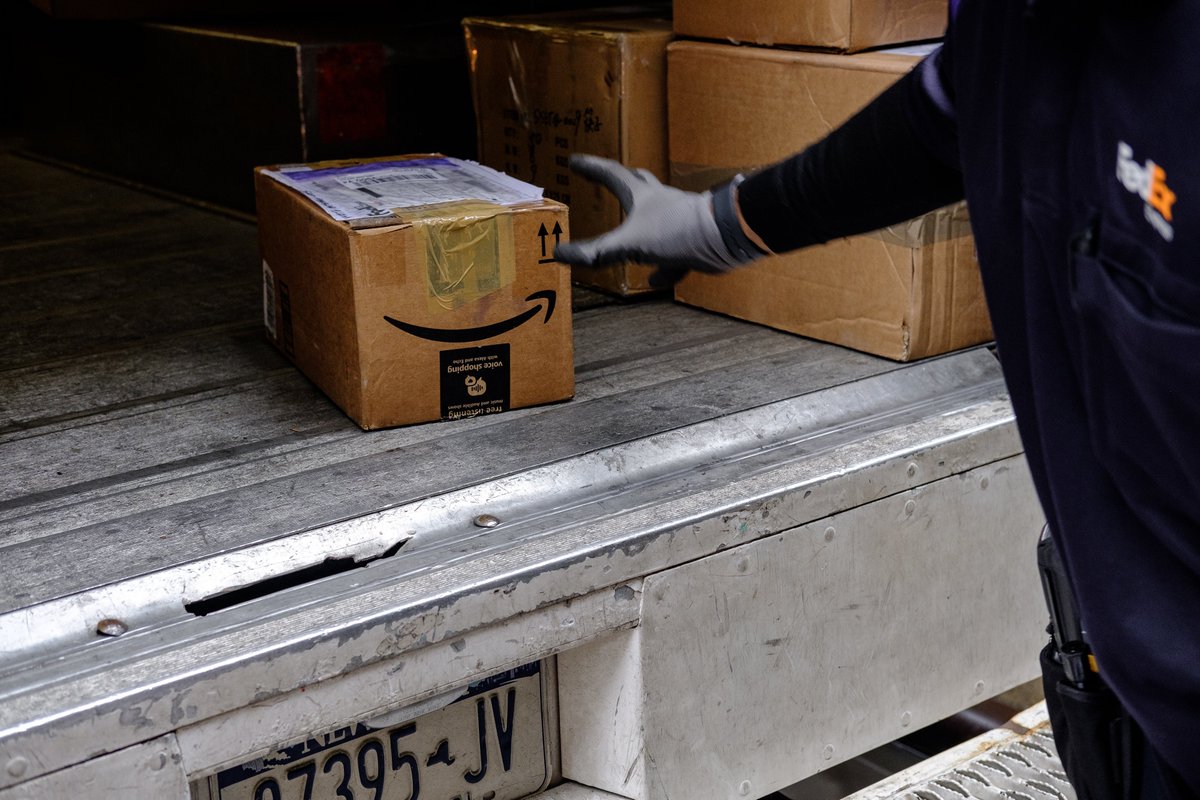
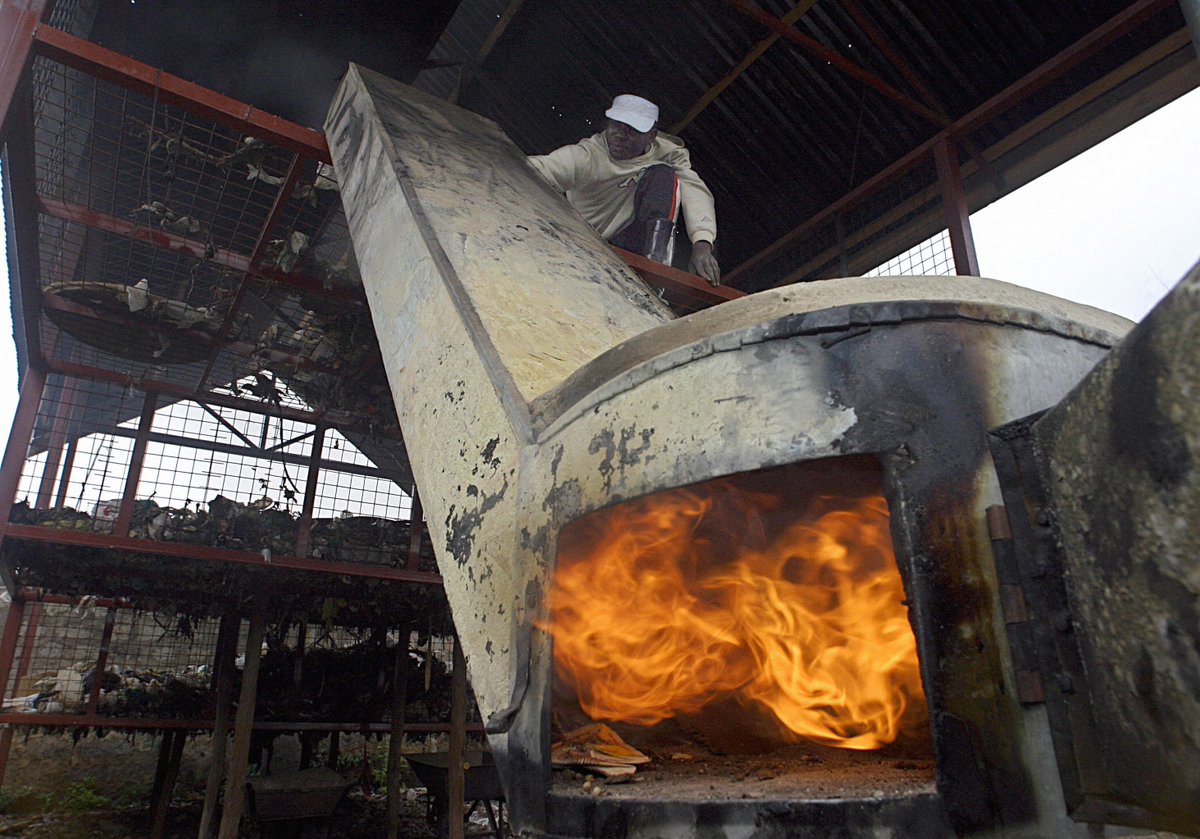 Discountershttps://abs.twimg.com/emoji/v2/... draggable="false" alt="♻️" title="Universal recycling symbol" aria-label="Emoji: Universal recycling symbol"> Recyclershttps://abs.twimg.com/emoji/v2/... draggable="false" alt="🛍️" title="Shopping bags" aria-label="Emoji: Shopping bags"> Charitieshttps://abs.twimg.com/emoji/v2/... draggable="false" alt="🚛" title="Articulated lorry" aria-label="Emoji: Articulated lorry"> Landfillhttps://abs.twimg.com/emoji/v2/... draggable="false" alt="🔥" title="Fire" aria-label="Emoji: Fire"> Incinerators https://bloom.bg/32G5S60&q..." title="In 2017, only an estimated 10% of returned merchandise ends back on the shelves. The rest is sent on to:https://abs.twimg.com/emoji/v2/... draggable="false" alt="✂️" title="Scissors" aria-label="Emoji: Scissors"> Discountershttps://abs.twimg.com/emoji/v2/... draggable="false" alt="♻️" title="Universal recycling symbol" aria-label="Emoji: Universal recycling symbol"> Recyclershttps://abs.twimg.com/emoji/v2/... draggable="false" alt="🛍️" title="Shopping bags" aria-label="Emoji: Shopping bags"> Charitieshttps://abs.twimg.com/emoji/v2/... draggable="false" alt="🚛" title="Articulated lorry" aria-label="Emoji: Articulated lorry"> Landfillhttps://abs.twimg.com/emoji/v2/... draggable="false" alt="🔥" title="Fire" aria-label="Emoji: Fire"> Incinerators https://bloom.bg/32G5S60&q..." class="img-responsive" style="max-width:100%;"/>
Discountershttps://abs.twimg.com/emoji/v2/... draggable="false" alt="♻️" title="Universal recycling symbol" aria-label="Emoji: Universal recycling symbol"> Recyclershttps://abs.twimg.com/emoji/v2/... draggable="false" alt="🛍️" title="Shopping bags" aria-label="Emoji: Shopping bags"> Charitieshttps://abs.twimg.com/emoji/v2/... draggable="false" alt="🚛" title="Articulated lorry" aria-label="Emoji: Articulated lorry"> Landfillhttps://abs.twimg.com/emoji/v2/... draggable="false" alt="🔥" title="Fire" aria-label="Emoji: Fire"> Incinerators https://bloom.bg/32G5S60&q..." title="In 2017, only an estimated 10% of returned merchandise ends back on the shelves. The rest is sent on to:https://abs.twimg.com/emoji/v2/... draggable="false" alt="✂️" title="Scissors" aria-label="Emoji: Scissors"> Discountershttps://abs.twimg.com/emoji/v2/... draggable="false" alt="♻️" title="Universal recycling symbol" aria-label="Emoji: Universal recycling symbol"> Recyclershttps://abs.twimg.com/emoji/v2/... draggable="false" alt="🛍️" title="Shopping bags" aria-label="Emoji: Shopping bags"> Charitieshttps://abs.twimg.com/emoji/v2/... draggable="false" alt="🚛" title="Articulated lorry" aria-label="Emoji: Articulated lorry"> Landfillhttps://abs.twimg.com/emoji/v2/... draggable="false" alt="🔥" title="Fire" aria-label="Emoji: Fire"> Incinerators https://bloom.bg/32G5S60&q..." class="img-responsive" style="max-width:100%;"/>
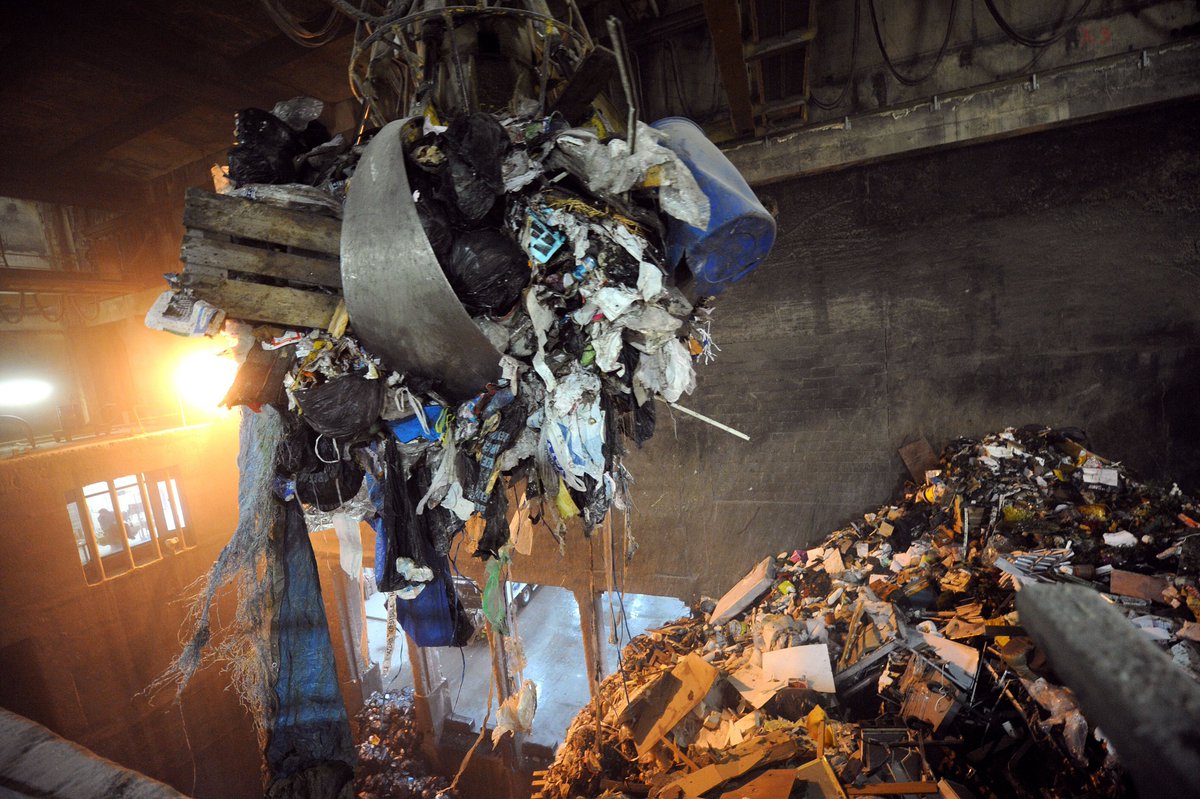 Making matters worse, getting those products from customers’ homes to wherever they end up is a carbon-heavy process https://bloom.bg/32G5S60&q..." title="That’s right: Billions of pounds of returns end up in landfills and incinerators. https://abs.twimg.com/emoji/v2/... draggable="false" alt="🏡" title="House with garden" aria-label="Emoji: House with garden"> Making matters worse, getting those products from customers’ homes to wherever they end up is a carbon-heavy process https://bloom.bg/32G5S60&q..." class="img-responsive" style="max-width:100%;"/>
Making matters worse, getting those products from customers’ homes to wherever they end up is a carbon-heavy process https://bloom.bg/32G5S60&q..." title="That’s right: Billions of pounds of returns end up in landfills and incinerators. https://abs.twimg.com/emoji/v2/... draggable="false" alt="🏡" title="House with garden" aria-label="Emoji: House with garden"> Making matters worse, getting those products from customers’ homes to wherever they end up is a carbon-heavy process https://bloom.bg/32G5S60&q..." class="img-responsive" style="max-width:100%;"/>
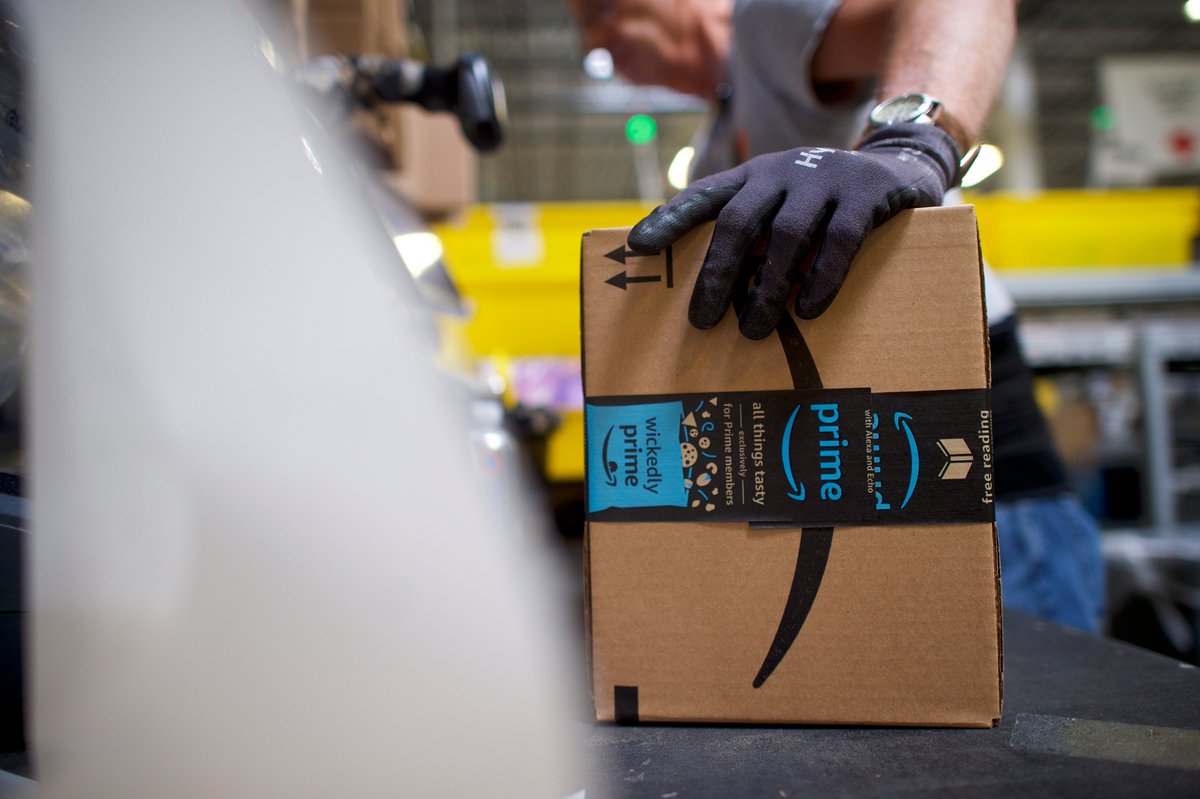
 A ban on free returns would naturally meet stiff opposition. But a few other steps might help the problem:- Adopt carbon emission labeling- Stop providing ready-made return labels- Returnless refunds for products that can’t be sold again https://bloom.bg/32G5S60&q..." title="https://abs.twimg.com/emoji/v2/... draggable="false" alt="🛑" title="Octagonal sign" aria-label="Emoji: Octagonal sign">A ban on free returns would naturally meet stiff opposition. But a few other steps might help the problem:- Adopt carbon emission labeling- Stop providing ready-made return labels- Returnless refunds for products that can’t be sold again https://bloom.bg/32G5S60&q..." class="img-responsive" style="max-width:100%;"/>
A ban on free returns would naturally meet stiff opposition. But a few other steps might help the problem:- Adopt carbon emission labeling- Stop providing ready-made return labels- Returnless refunds for products that can’t be sold again https://bloom.bg/32G5S60&q..." title="https://abs.twimg.com/emoji/v2/... draggable="false" alt="🛑" title="Octagonal sign" aria-label="Emoji: Octagonal sign">A ban on free returns would naturally meet stiff opposition. But a few other steps might help the problem:- Adopt carbon emission labeling- Stop providing ready-made return labels- Returnless refunds for products that can’t be sold again https://bloom.bg/32G5S60&q..." class="img-responsive" style="max-width:100%;"/>


